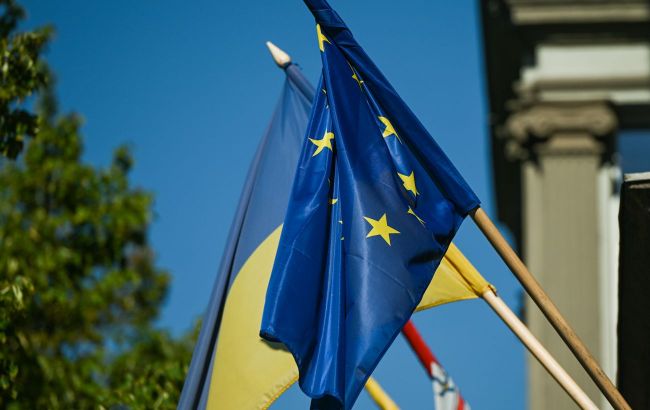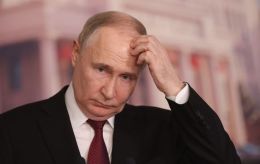EU sets €130 billion cap for Ukraine reparations loan
 European Union preparing to provide loan to Ukraine from Russian assets (illustrative photo: Armed Forces of Ukraine)
European Union preparing to provide loan to Ukraine from Russian assets (illustrative photo: Armed Forces of Ukraine)
The European Union may provide Ukraine with a reparations loan of up to €130 billion. This is not a final figure – it will be determined after the International Monetary Fund (IMF) assesses Ukraine's needs in 2026 and 2027, Reuters reports.
Sources within the EU confirmed that the publication's claims about the reparations loan are indeed being considered.
The idea was first proposed by European Commission President Ursula von der Leyen on September 10, and the loan itself will be based on the cash balances from frozen Russian assets.
How it will work
The essence of the loan is that it will be repaid by Ukraine only after Russia fully pays all reparations for the invasion. The collective risk will fall on the G7 countries and the European Union.
Most of the frozen Russian assets are held in the Belgian central securities depository Euroclear. Of the €210 billion stored there, €175 billion has already matured and become cash – it is this money that could serve as the basis for the new loan.
However, €45 billion of the G7 loan, which was agreed for Ukraine last year, will be deducted from this amount. This will leave only €130 billion for the reparations loan.
When the reparations loan is planned
The European Commission will decide on the size of the loan only after the IMF conducts a comprehensive assessment of Ukraine's needs in 2026 and 2027, said EU Commissioner for Economy Valdis Dombrovskis.
EU finance ministry officials told the publication that there are still no concrete details. Mechanisms for using Russian assets are still being developed, but confiscation is a red line for some governments.
For now, the plan is to create a special-purpose structure and transfer the frozen Russian funds to it. After that, zero-coupon bonds would be issued under guarantees from the European Union and the G7 governments.
On September 23, it became known that the EU is preparing a new mechanism of assistance for Ukraine – a special reparations loan, which will be repaid only after Russia makes corresponding payments.
However, there are many nuances, including the cautious approach of several European governments regarding the handling of Russian assets. There is also a need to assess and agree on the size of this loan.
In total, Russia is expected to be forced to pay Ukraine at least $300 billion in reparations. These funds will go to reconstruction and to cover the budget deficit.

